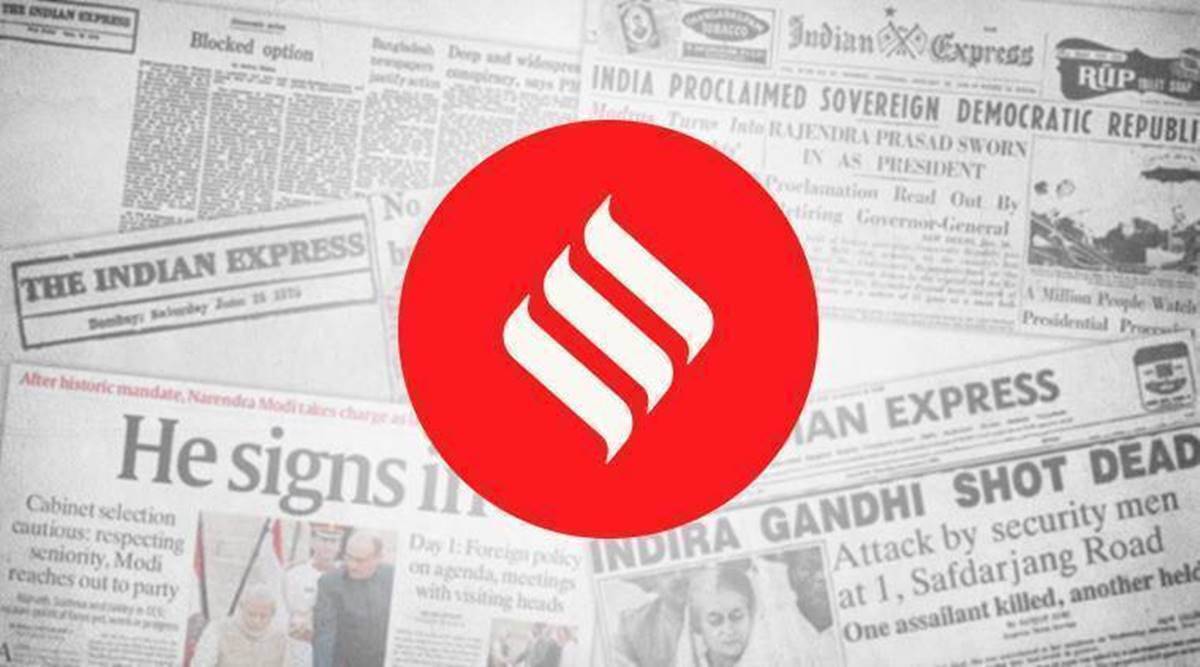 The effects of poorly distributed rains are visible from the agriculture ministry’s latest sowing data.
The effects of poorly distributed rains are visible from the agriculture ministry’s latest sowing data. It’s now clear that 2021-22 isn’t going to be a bumper agriculture year like 2020-21 and the one before that. The primary reason is the monsoon. While 2020 and 2019 were both surplus rainfall years, the current southwest monsoon hasn’t been all that good. The season (June-September) has recorded only 1.4 per cent below-average precipitation so far, but that aggregate figure conceals poor spatial as well as temporal distribution. The South Peninsula has received 27.1 per cent above-average rains. So has Maharashtra (34 per cent), where many parts of the Konkan and the western districts are reporting inundation of farmlands. Much of the rest of India has, however, had sub-par or deficient rainfall. No less damaging has been the three-week-long dry spell from around June 20. Although preceded by intense rainfall activity during the first half of June — and succeeded by the monsoon’s revival towards July 12 or so — the extended “break” happened at the peak of the kharif planting season.
The effects of poorly distributed rains are visible from the agriculture ministry’s latest sowing data. Farmers have planted 10.2 per cent less area under kharif pulses, with the acreages similarly down 10.4 per cent for oilseeds, 15.51 per cent for coarse cereals and 7.7 per cent for cotton. The monsoon’s late recovery is unlikely to make much difference to the kharif crop, whose main sowing window is from mid-June to mid-July. Even assuming normal rainfall for the rest of the season, the benefits would accrue to the ensuing rabi or winter-spring crop. In fact, there is a clear trend, from the last 10 years or more, of rabi agricultural output showing greater stability and even exceeding kharif production. That has to do both with the monsoon’s increasing unpredictability and technologies to harness stored rainwater, whether through dams, farm ponds or drip/sprinkler irrigation.
What should the government do? It must first roll back the retrograde decision to impose stockholding limits on pulses. Not only does this violate the letter and spirit of its farm reform legislation, but also sends wrong signals to farmers who ought to be switching from paddy, sugarcane and wheat to growing more pulses, oilseeds and other less water-guzzling crops. Food inflation is better addressed through import liberalisation and tariff policy, as against quantitative restrictions and stock limits that are weapons of a bygone era. The Centre also needs to cut the excise duty on diesel. The threat of inflation today is more from fuel than food. The government can help by reducing market-distorting taxes in the former and staying the course on farm sector liberalisation.
- The Indian Express website has been rated GREEN for its credibility and trustworthiness by Newsguard, a global service that rates news sources for their journalistic standards.

